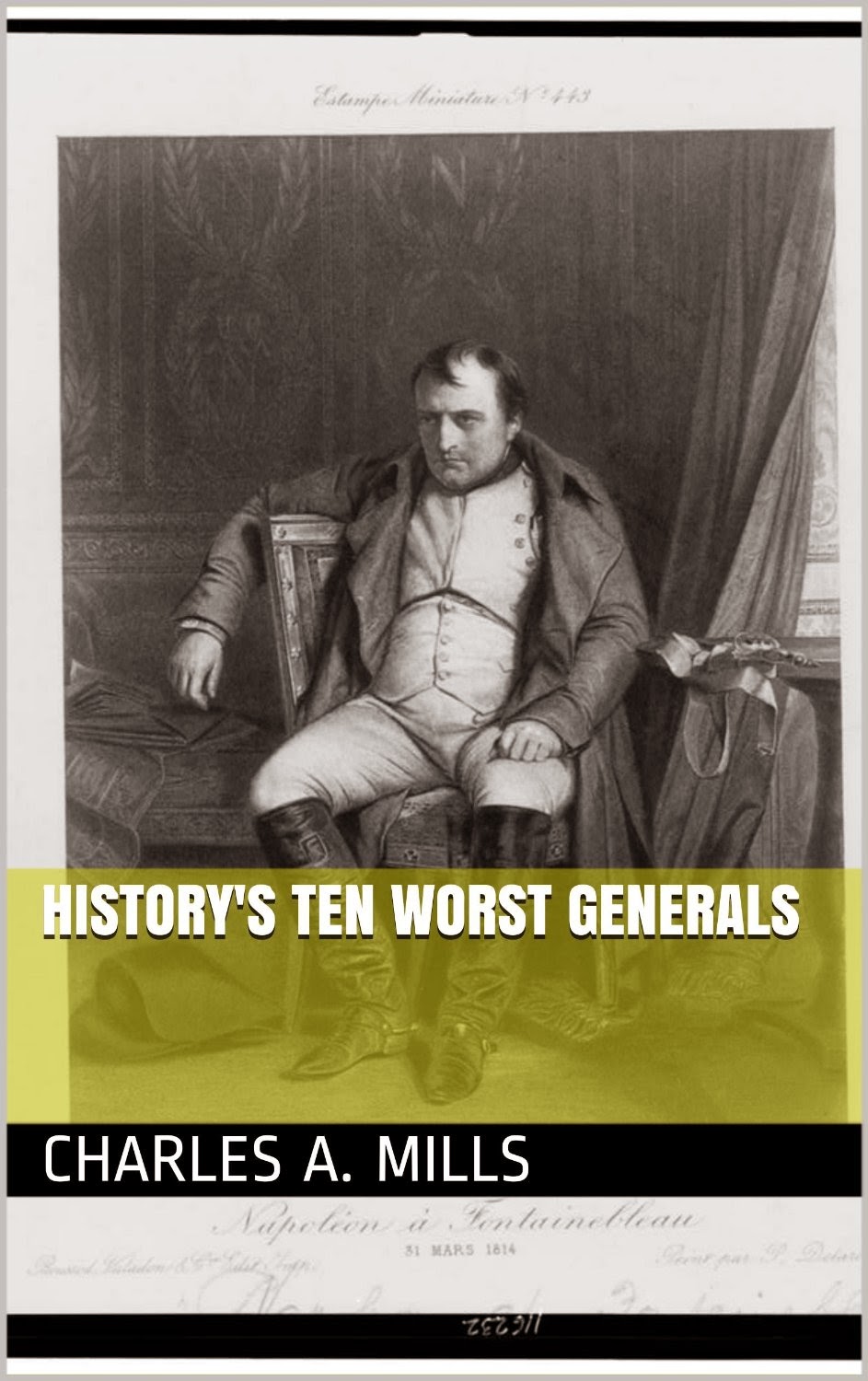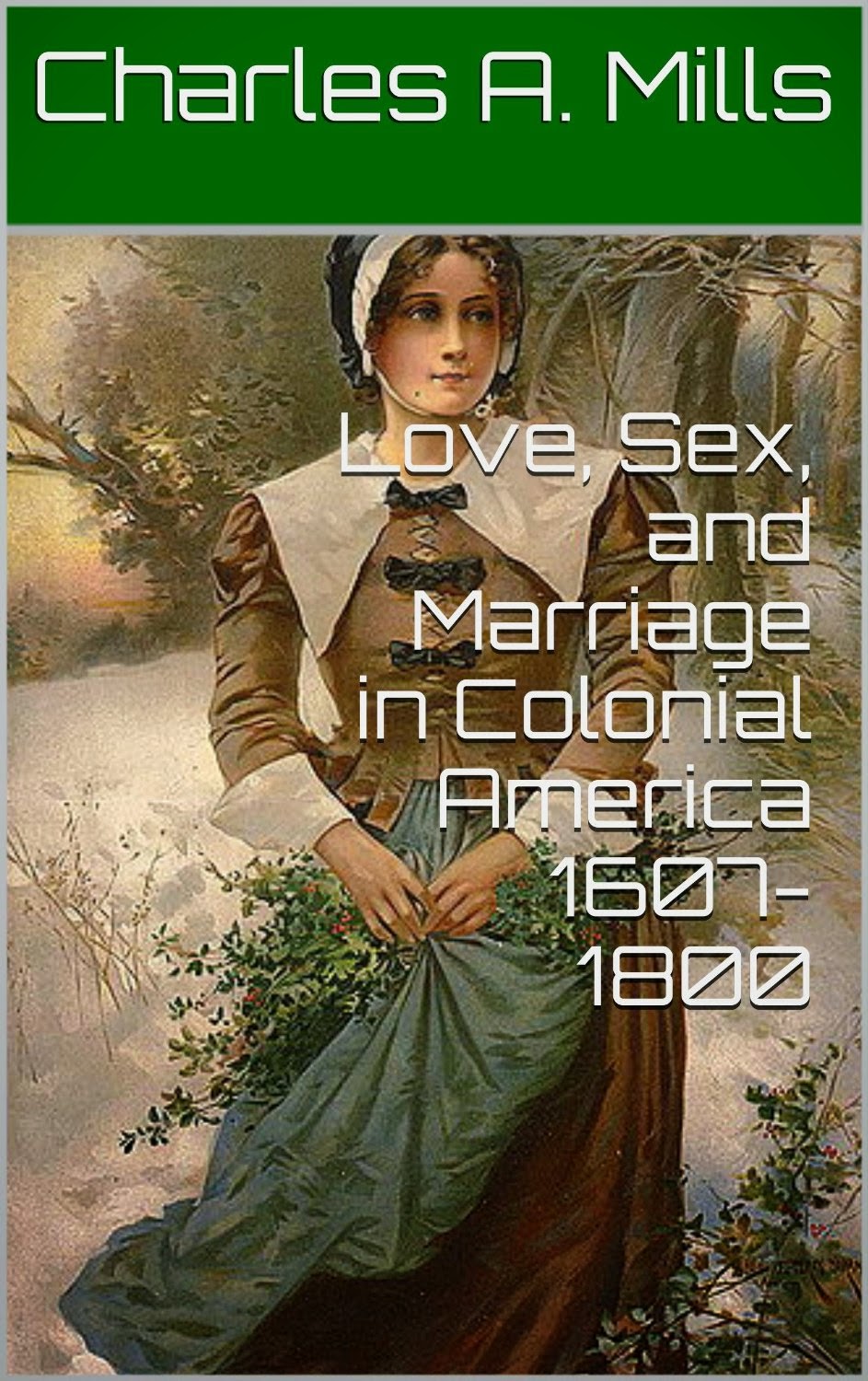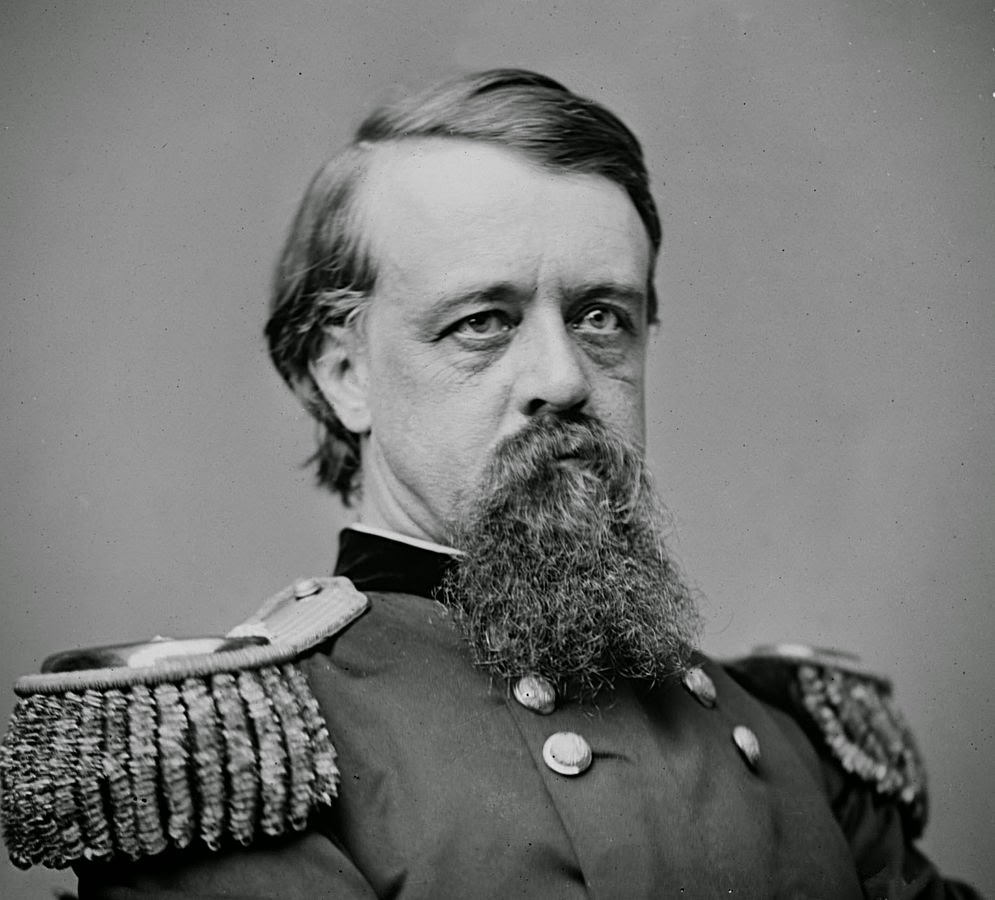On August 13, 1812 Major General Isaac Brock and a British
force of 400 regular and militia troops supported by 700 lightly armed Native American
auxiliaries arrived before the American stronghold at Detroit. Brock intended to subdue
Detroit, garrisoned by 2,500 men securely situated behind 22-foot ramparts and
a palisade of 10-foot hardwood spikes all defended by 33 cannons and an 8-foot
moat. How was he to do this?
Brock attacked the American “center of gravity”, which in
this case was the mind of the American commander, Brigadier General William
Hull, whom contemporaries described as, “a short, silver-haired, pleasant, old
gentleman, who bore the marks of good eating and drinking.”
Having captured some of Hull’s dispatches, Brock knew that American
morale was low, and that Hull was discouraged.
Playing on Hull’s almost hysterical fear of Indians, Brock began a
campaign of psychological intimidation.
The British played on Hull's fear of the Indians by arranging for a
letter to fall into American hands which asked that no more Indians be allowed
to proceed as there were already no less than 5,000 at Amherstburg and supplies
were running low. Brock sent a demand for surrender to Hull, stating:
“The force at my disposal authorizes me to require of you
the immediate surrender of Fort Detroit. It is far from my intention to join in
a war of extermination, but you must be aware, that the numerous body of
Indians who have attached themselves to my troops, will be beyond control the
moment the contest commences…”
Additionally, to trick the Americans into believing there
were more British troops than there actually were, troops marched to take up
positions in plain sight of the Americans then quickly ducked behind
entrenchments, and marched back out of sight to repeat the same procedure.
Brock’s demand for surrender was rejected. The British began bombarding Fort
Detroit. The Americans returned
fire. Seven Americans were killed and
two British gunners wounded in the exchange.
On the night of August 15, some five hundred Native American warriors
paddled across the unguarded river and landed below Detroit. The British infantry and militia followed at
daylight.
Hull, who had led a heroic bayonet
charge at the Battle of Stony Point in 1778, was totally out of his depth in
overall command and began to crack, seemingly besieged by overwhelming British
forces and Indians “numerous
beyond example.” At 10:00
A.M. a white flag appeared over the fort.
Despite the vehement protests of his officers and men, William
Hull surrendered his command without a fight. The British captured an American
army of 2,500, some thirty-three cannon, four hundred rounds of 24-pound shot,
one hundred thousand cartridges, 2,500 rifles and bayonets, and a newly built
16-gun brig Adams.

Success leaves clues. So does failure. Some of
history’s best known commanders are remembered not for their brilliant
victories but for their catastrophic blunders.
Throughout the centuries countless armies have gone down to defeat, succumbing
to greater numbers, more advanced technology, or more skilled opponents. A few
armies have been defeated because of the blundering incompetence of their own
commanders. What are the elements of leadership failure? A recurrent pattern
emerges over the last two thousand plus years.
The best reading experience on
your Android phone or tablet, iPad, iPhone, Mac, Windows 8 PC or tablet,
BlackBerry, or Windows Phone.































